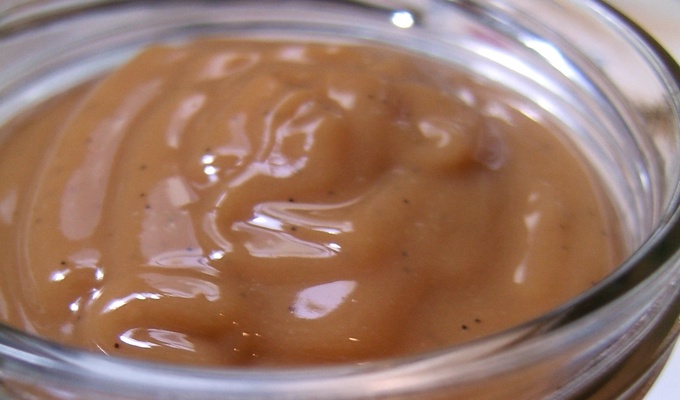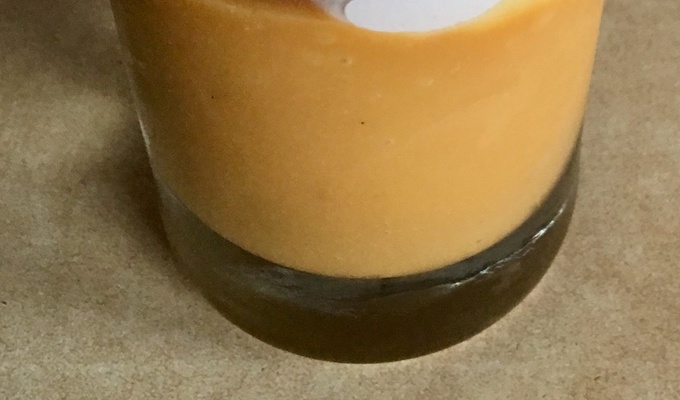Note the similarly named manjar branco in Brazilian cuisine.
Manjar blanco is a sweet dish with historical origins in medieval European cuisine, later adapted and transformed in various regions of the Americas, Spain, and the Philippines. Its name derives from the Old Spanish term for "white delicacy," referencing its pale color and luxurious associations. The dish typically involves a mixture of milk, sugar, and a thickening agent such as rice flour or cornstarch, cooked slowly to a creamy consistency.
In Spain, manjar blanco was originally a savory dish made with shredded chicken, milk, and sugar, which evolved into a dessert over time.
In Latin America, it commonly refers to a caramel-like confection akin to dulce de leche, made by reducing sweetened milk until thick and spreadable. Variations exist across countries, including Colombia and Peru, where it is often thickened with egg yolk and used as a filling for pastries or enjoyed on its own.
In the Philippines, manjar blanco is a coconut-based dessert, often prepared with coconut milk and cornstarch, reflecting local ingredients.

